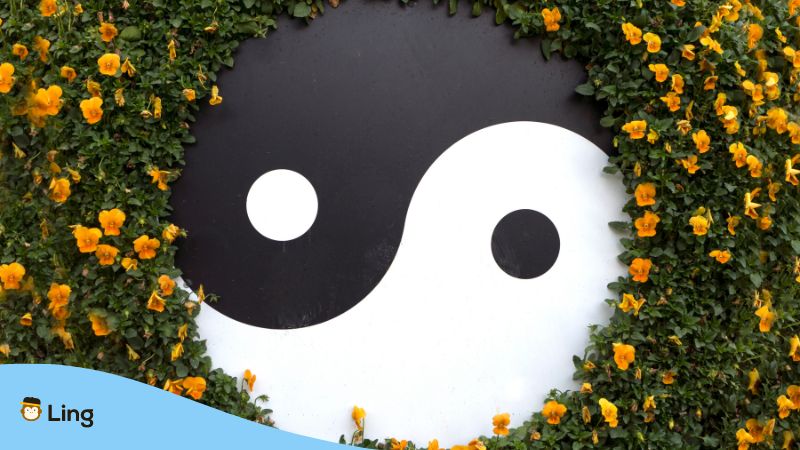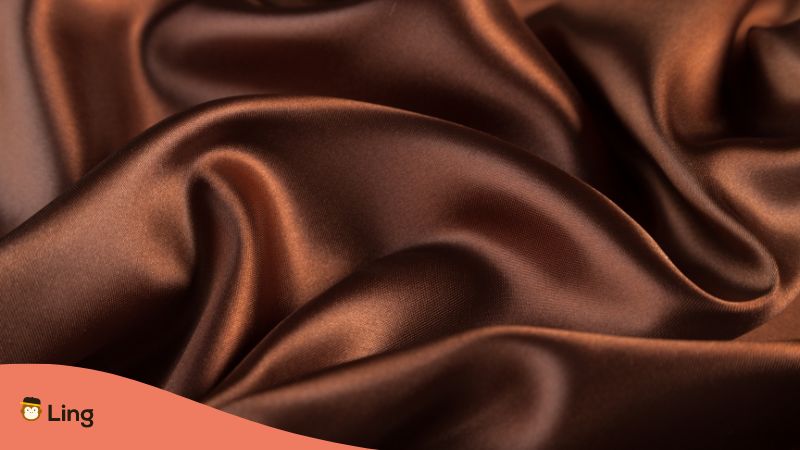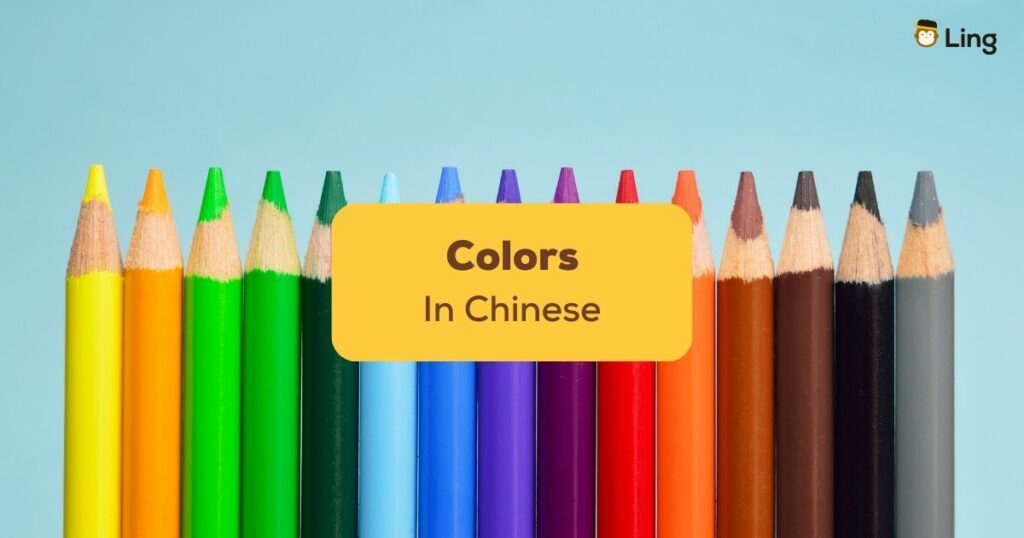Did you know Chinese culture has a beautiful and intricate relationship with colors? Yup, it’s true! Chinese colors carry unique meanings and symbolism deeply ingrained in their traditions. We’re diving into the vibrant world of color in Chinese to uncover the stories and significance behind ten of the most mesmerizing hues.
Get ready to embark on a colorful journey that will add a splash of brilliance to your vocabulary and give you unique insights into the rich tapestry of traditional Chinese culture and beliefs. Let’s paint the town red, or should I say, ten different shades of awesome! So, grab your favorite cup of tea and join me as we explore the rainbow of colors in Chinese.
Red – 红色 (Hóng Sè)
Alright, folks! Let’s kick off our colorful adventure with the most eye-catching and auspicious color, red (红色 – hóng sè). This fiery hue is an all-time favorite and carries some seriously powerful vibes.
You see, red symbolizes happiness, good fortune, and prosperity. No wonder it’s everywhere during Chinese New Year celebrations, right? It’s like a happiness magnet! Red envelopes (红包 – hóngbāo) filled with money are exchanged as a way to share love and bring good luck to family and friends.
But wait, there’s more! Red is also the go-to color for weddings. Just think of those stunning bridal gowns and vibrant decorations. It’s believed to bring joy and passion to newlyweds, setting them off on a blissful journey together.
Yellow – 黄色 (Huáng Sè)
Moving on to our next radiant color, let’s talk about yellow (黄色 – huáng sè). This warm and sunny shade has some pretty cool symbolism. It’s not just for smiley faces and sunflowers, folks!
Yellow signifies neutrality. Moreover, it has long been associated with royalty and power. It was the emperor’s color in Imperial China, symbolizing their noble status and divine connection. In fact, it was so exclusive that ordinary folks weren’t even allowed to wear yellow clothing! Talk about VIP treatment, right?
But that’s not all! Yellow is also linked to the earth element and represents the center in the traditional Chinese Five Elements theory. It signifies balance, stability, and nourishment – like the comforting warmth of a home-cooked meal or a hug from a loved one.
Green – 绿色 (Lǜ Sè)
Let’s continue our vibrant journey with another refreshing shade: green (绿色 – lǜ sè). This lively color is all about embracing the beauty of nature and the spirit of renewal.
In Chinese culture, green represents growth, harmony, and vitality. Picture those lush bamboo forests, the awakening of spring, or the soothing magic of a cup of green tea. It’s like a breath of fresh air, reminding us of life’s endless possibilities and new beginnings.

Blue – 蓝色 (Lán Sè)
Let’s take a deep dive into the world of blue (蓝色 – lán sè) – a color that’s as dreamy and mysterious as a starry night sky. In the vast tapestry of Chinese culture, blue has some exciting symbolism worth exploring.
In Chinese culture, blue is often associated with tranquility, wisdom, and depth. It’s like the calming waters of a lake or the infinite possibilities hidden in the ocean’s depths. It’s no wonder that blue has traditionally been linked to immortality, spiritual pursuits, and the heavens in ancient Chinese beliefs.
White – 白色 (Bái Sè)
Let’s talk about the purest and most versatile color of them all: white (白色 – bái sè). In Chinese culture, white has some intriguing symbolism that might surprise you.
In Western cultures, white often represents purity and innocence. In Chinese culture, white is actually associated with mourning and loss. It’s the go-to color for funerals and is seen as a symbol of the cycle of life and death, reminding us of the impermanence of all things.
But don’t worry. It’s not all doom and gloom! White is also linked to the metal element in the Five Elements theory, symbolizing strength, determination, and clarity. Just think of a sharp, gleaming sword that cuts through confusion and chaos, helping us find our way in the world.
Black – 黑色 (Hēi Sè)
Now, let’s explore the mysterious and enigmatic world of black (黑色 – hēisè). This powerful color has fascinating symbolism you’ll want to know about.
In Chinese culture, black is often associated with solemnity, authority, and power. Think of those impressive ink brush paintings or the formidable armor of ancient warriors. It’s a color that commands respect and evokes a sense of strength and resilience.
But wait, there’s more! Black also symbolizes the Yin principle in the concept of Yin and Yang. It stands for life’s passive, receptive, and nurturing aspects, balancing the active and energetic Yang. In this way, black reminds us of the importance of harmony and equilibrium in all aspects of life.

Gold – 金色 (Jīn Sè)
Who doesn’t love a little sparkle? Gold, or the Chinese word 金色 (jīn sè), is a color that has long been admired and valued for its shine and beauty. But in Chinese culture, gold isn’t just about looking good. It has deeper meanings and symbolism, making it even more fascinating.
Gold represents wealth and prosperity, which is understandable considering its association with precious metals and jewelry. In Chinese culture, though, it goes beyond material wealth. Gold symbolizes good fortune and is believed to bring luck and abundance to those who embrace it. That’s why you’ll often see it in decorations, gifts, and even clothing during special occasions like weddings and festivals, especially Chinese New Year!
But wait, there’s more! Gold is also closely linked to the sun. In Chinese culture, the sun represents masculine energy and vitality. This connection gives gold a sense of power and authority, so it’s often used for emperors’ robes and other important ancient Chinese people.
Silver – 银色 (Yín Sè)
Now, let’s explore a color that truly shines: silver! In Chinese culture, silver is often associated with wealth, prosperity, and good fortune. The connection between silver and wealth dates back to ancient China when silver ingots were used as currency.
This association makes silver a popular color for decorations and accessories during special occasions like weddings, where it symbolizes a wish for a prosperous and abundant life.
But silver isn’t just about wealth and prosperity. It’s also considered a color of elegance, refinement, and sophistication. In fact, silver can be seen as a more understated and subtle alternative to gold. This makes silver a popular choice for elegant accessories, such as jewelry or traditional Chinese hairpins, which add a touch of grace and refinement to any outfit.
Purple – 紫色 (Zǐ Sè)
Time to talk about a mysterious and enchanting color: purple! In Chinese, you’d call it 紫色 (zǐsè), and it’s a color that’s steeped in history and symbolism.
Purple is often associated with nobility and royalty. In ancient China, it was a color reserved for the upper echelons of society, particularly emperors and high-ranking officials. This connection to power and prestige gives 紫色 (zǐsè) a sense of luxury and sophistication that still resonates today.
Brown – 棕色 (Zōng Sè)
Let’s talk about a color that’s often underrated but has a certain down-to-earth charm: brown! In Chinese culture, brown is closely associated with the earth and nature. It’s a color that embodies stability, reliability, and groundedness, symbolizing strength and support. This connection to the earth also lends the color brown a sense of warmth and comfort.

Other Colors In Chinese
We’ve explored some fascinating colors in Chinese so far, but there’s still a rainbow of hues out there waiting to be discovered! In this section, we’ll introduce you to a few more colors in Chinese. So, let’s dive right in and expand our colorful vocabulary!
| English | Chinese | Pinyin | Sound |
| Gray | 灰色 | Huī sè | |
| Orange | 橙色 | Chéng sè | |
| Maroon | 褐红色 | Hè hóng sè | |
| Bronze | 古铜色 | Gǔ tóng sè | |
| Pink | 粉色 | Fěn sè | |
| Coffee Color | 咖啡色 | Kā fēi sè |
Wrapping Up Our Colorful Adventure
And there you have it, folks! We’ve taken a whirlwind tour through the colors in Chinese, exploring the fascinating meanings and symbolism behind each hue. From the powerful red to the humble brown and all the colors in between, we’ve seen how these shades play a big role in Chinese customs, beliefs, and everyday life.
Now, armed with your newfound knowledge, you can confidently dive into conversations about colors in Chinese and impress your friends with your understanding of the culture behind each shade. Learning about colors is a fun way to expand your language skills and helps you connect with Chinese culture on a deeper level.
Learn Chinese With Ling
Are you ready to take your language skills to the next level? Say hello to the Ling app, your one-stop shop for language learning. With its interactive lessons, entertaining games, and helpful quizzes, mastering a new language has never been so enjoyable!
The Ling app offers various languages – from popular favorites like French and Japanese to unique gems like Hungarian and Tagalog. The best part? The app’s casual and friendly approach makes it feel like you’re learning with a close pal, using real-life language that’s easy to grasp.
So, what are you waiting for? Dive into the exciting world of languages with Ling!
Download it now on App Store or Play Store and embark on your language-learning adventure today!

































































